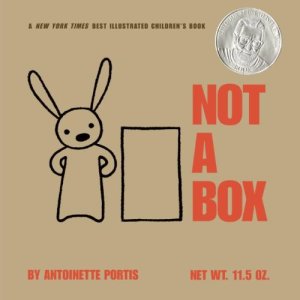Still going at a decent pace this month with my reading. I can’t believe it’s already September and school is back on. It feels like summer vacation just started! Without more preamble, let’s get into the books I read in the final weeks of summer vacation.
First up was my book club pick for August, Toni Morrison’s Beloved. It was on someone else’s idea list and therefore I had no idea what I was getting into (which, really, is a recurring theme with my book choices it seems). I did expect to have a pretty amazing reading experience, just because it sells a lot of copies and had a movie made about it and seemed to be more high brow than a lot of books that I normally read. But, as I mentioned in my review, it didn’t have the emotional punch that I was expecting, mostly because it was just so confusing. I don’t think I will be picking up any other Toni Morrison books unless I have a really compelling reason to.
I gave another shot at finding a badly reviewed book with a Google search for “worst reviewed books on Amazon”. I also tried this same search for Goodreads, but those lists are all user generated and long. This list that I found was somewhat curated and, although outdated, had some real stinkers in it. The only book that my library’s digital collection had was You’ve Been Warned by James Patterson. And it was legitimately bad. It was still readable enough that I finished it in a couple of days, so I guess that was pretty painless. I wanted to see how many copies it had sold, to see if it would maybe qualify for a true Worst Bestseller, but I didn’t really find much data on that.
I had a lot of contenders for my 100+ year old book since there are so many great older books, and most of them are free to access by ebook, which makes them easy for me to read. I decided to choose a book that I hadn’t read in school and also that seemed to be well-reviewed by friends. It was actually the recent trailers for a new iteration with James McAvoy and Daniel Ratcliffe that pushed me over the edge to reading Frankenstein. The reason that I didn’t read this in school was because I was in the middle of a deep depression and basically an existential crisis, and I had pretty much checked out of my classes. But now I really wish I had been able to hear what the lecture on this book would have been because I’m sure it would have been really fantastic.
The final book that I finished this month was Are You There God? It’s Me, Margaret. by Judy Blume. Yet another book where my expectations were clearly much to high for what this book actually turned out to be. We chose this for our book club selection and I will be interested to see how everyone else felt about it. Judy Blume is having a resurgence in popularity right now because she recently released a new novel and has been doing a lot of interviews for it. Unfortunately, I feel like this is one book that is very dated and hopelessly stuck in another era.
As for what else I’m reading, I’m still reading Lady Chatterley’s Lover, which as I mentioned last time, is going slowly because I am reading it on my phone and I just don’t enjoy the iPhone reading experience. I decided to finish reading Twilight after all for my book that I started but didn’t finish requirement, and I’m also hoping the love triangle makes an appearance because that box has turned out to be much more difficult than anticipated. My next book club pick is Spook by Mary Roach. I also probably need to pick my book for the one published this year. I feel like time is running out so I’m trying to combine boxes as much as possible. Whenever I can knock out multiple boxes with one go, I always feel like I’ve accomplished something.
I read 4 books this month, which brings me up to 27 books. And I checked off 4 more boxes, bringing me up to 37 total. 12 boxes to go! This means I need to get going, but I am past halfway through the list. I have my Christmas book picked out, but there’s still some choices that I need to make about other books. I’m trying to work on the first column of choices first and then start going down the next one. The image is a little wrong though, because I checked off the love triangle box, assuming that the You’ve Been Warned storyline may have counted but I decided that an affair is not a love triangle so I’m back at square on with that.





















